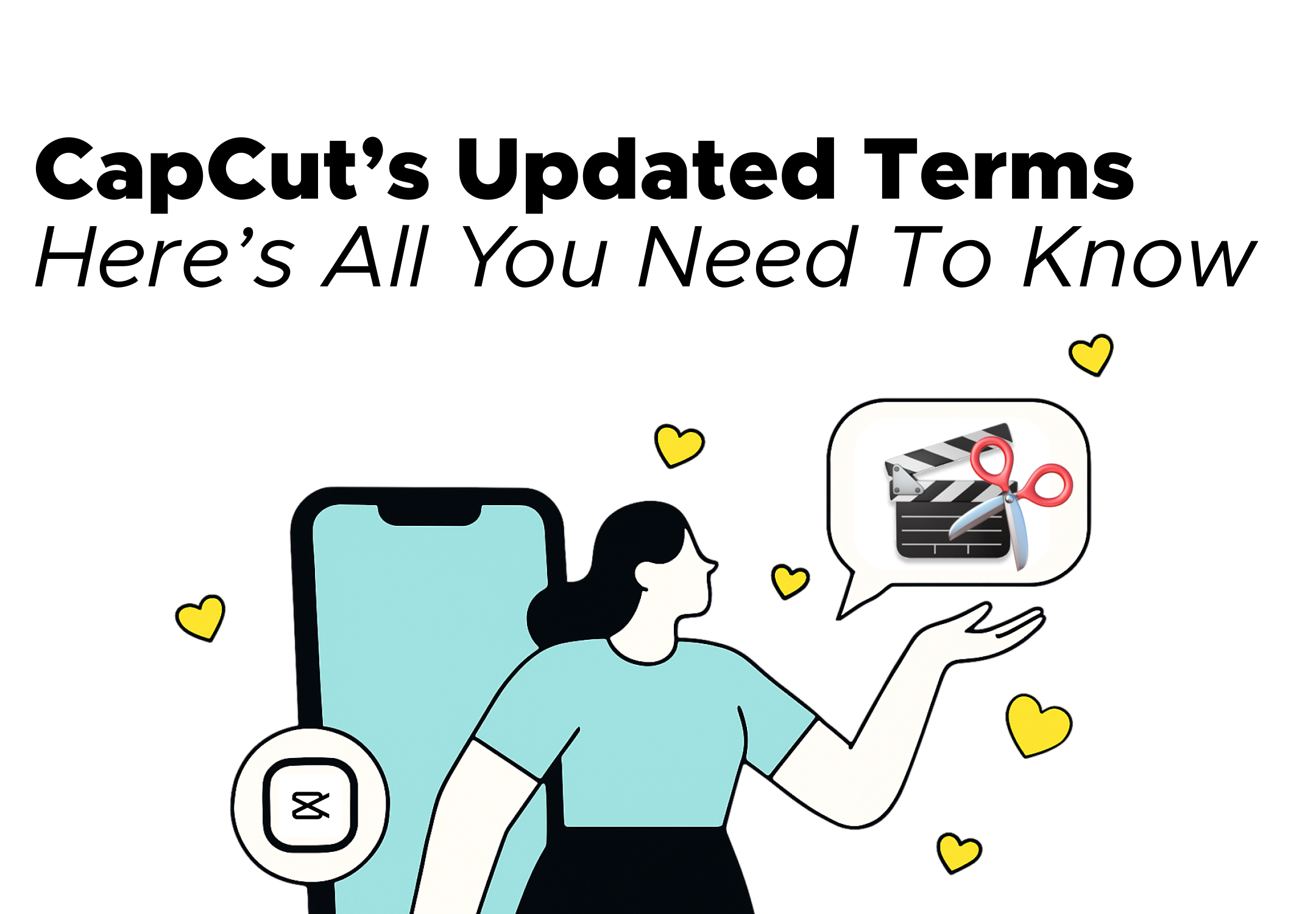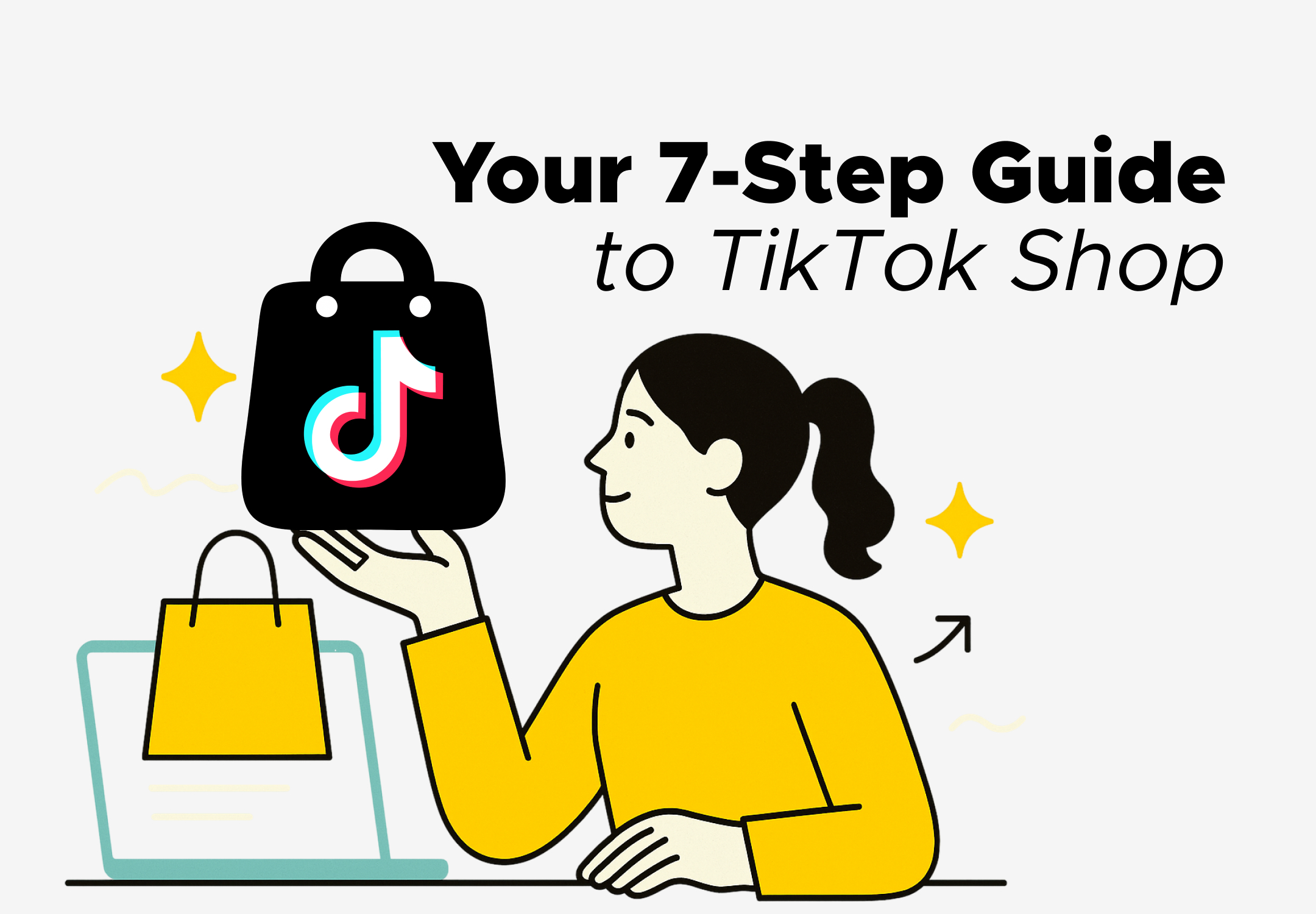TikTok’s Shift from Entertainment to Commerce
TikTok isn’t just for viral videos, it’s building a commerce empire. From TikTok Shop to creator-led sales, every scroll is a storefront. What's the hidden engine behind TikTok’s $33B commerce boom?
June 25, 2025

Remember when TikTok was just about 15-second dance videos and viral challenges? That version of TikTok still exists, but it’s no longer the whole story. TikTok isn’t just entertaining anymore, it’s quietly becoming the most powerful online shopping channel. Not because it sells better. But because it sells without feeling like it’s selling. When people say TikTok is becoming an e-commerce platform, most assume it’s about adding shopping tabs or tagging products in videos. But that’s just the surface. What’s really happening is far more calculated. TikTok is quietly building a full-fledged commerce ecosystem beneath its entertainment layer, turning it into a transactional content engine. And that subtle shift from passive entertainment to active commerce is a complete rewrite of the customer journey.
Let’s dive deep into how this change is redefining digital commerce and what it means for brands, creators, and the future of buying behavior.
1. Full-Stack Retail Layer: TikTok Shop
TikTok Shop works beyond buying things inside the app. It’s an end-to-end commerce solution. Sellers can list products natively, creators can tag and promote items via affiliate links, and transactions, logistics, and customer service are handled within TikTok’s backend. What makes it powerful is the vertical integration. TikTok controls the content, discovery, purchase, and post-sale loop. And because the platform owns this entire flow, it can optimize the algorithm not just for engagement, but for conversion.
💵 In 2024, TikTok Shop reached a whooping 33.2 billion U.S. dollars in GMV, showing the fast growth and success of the platform’s e-commerce feature.
2. The Rise of Affiliate Creators
One of TikTok’s smartest moves is making product selling easy through everyday creators. Through its affiliate program, even nano influencers can earn commissions for driving sales. That means:
- More people are incentivized to create shoppable content
- Brands get organic-looking promotions without paying for ads
- TikTok gets more sales data to feed its algorithm
This has created a peer-to-peer sales culture, not brand-led selling. The people driving sales don’t look like marketers. They look like your friends. That’s not influencer marketing, it’s more like casual shopping done in a fresh way.
🎬 58% of U.S. TikTok GMV came from short-form videos, underscoring creator-led content.
3. Strategic Partnerships
TikTok isn’t leaving growth to chance. They are teaming up with brands, logistics companies, and even local governments to set up operations in important areas like Southeast Asia, the UK, and the US. Take Indonesia, for instance, where TikTok partnered with GoTo’s Tokopedia to speed up local deliveries and payment systems. In the US, they are bringing on sellers with zero commission deals to boost the number of products available. These strategies aren’t just for show, they are smart moves that resemble what Amazon has done by building up localized infrastructure.
4. The Power of UGC in TikTok Commerce
The beauty of TikTok’s commerce model is that most of its sales don’t come from fancy brand ads. They come from simple user-generated content, or UGC, that feels relaxed and real. It works so well because it eliminates the usual ad fatigue, creates emotional context around products, and builds trust through social proof at scale. In short, UGC isn’t just supporting commerce. It is the commerce. And thanks to TikTok’s AI, even small creators with 300 followers can drive thousands in sales if their content resonates.
𐦂𖨆𐀪𖠋 Research suggests 78% of millennials and 70% of Gen-Z rely on UGC to determine their purchasing decision.
5. Content is the Storefront
Traditional e-commerce follows a funnel. First, you become aware, then you think about it, and finally, you make a purchase. TikTok compresses all of that into a single scroll. The moment someone watches a video, awareness is triggered, trust is built through relatability, and purchase is one tap away. There’s no funnel anymore. It’s just scroll, trust, tap, own. That’s not content marketing. That’s retail fitting right into the entertainment app.
🚀 58% of U.S. TikTok Shop sales came directly via short, shoppable videos; 32% from shop listings, 10% from live streams.
How Does This Change Commerce Forever?
The shift we are witnessing is the blueprint for how commerce will work in the next decade. Brands that understand TikTok’s infrastructure advantage today will dominate tomorrow’s marketplace. Creators who master this ecosystem will be the new retail entrepreneurs. And consumers will experience a buying journey so seamless, they won’t accept anything less from other platforms. This is the moment when entertainment, technology, and commerce finally merged into something bigger than their individual parts. The shift is inevitable. The only variable is your response. You can’t stop this wave. But you can choose to ride it or get swept away.
Latest News ☕

SKIMS Announces Collaboration With Roberto Cavalli
June 24, 2025
SKIMS has officially announced its SKIMS x Roberto Cavalli swimwear and resort line - sign...

CapCut’s Updated Terms: What Creators and Marketers Need to Know
June 24, 2025
This month, CapCut introduced updated Terms of Service, bringing key changes around conten...

How to Launch a TikTok Shop in 7 Steps
June 24, 2025
TikTok Shop makes selling easy, just share content and let people discover your products. ...


